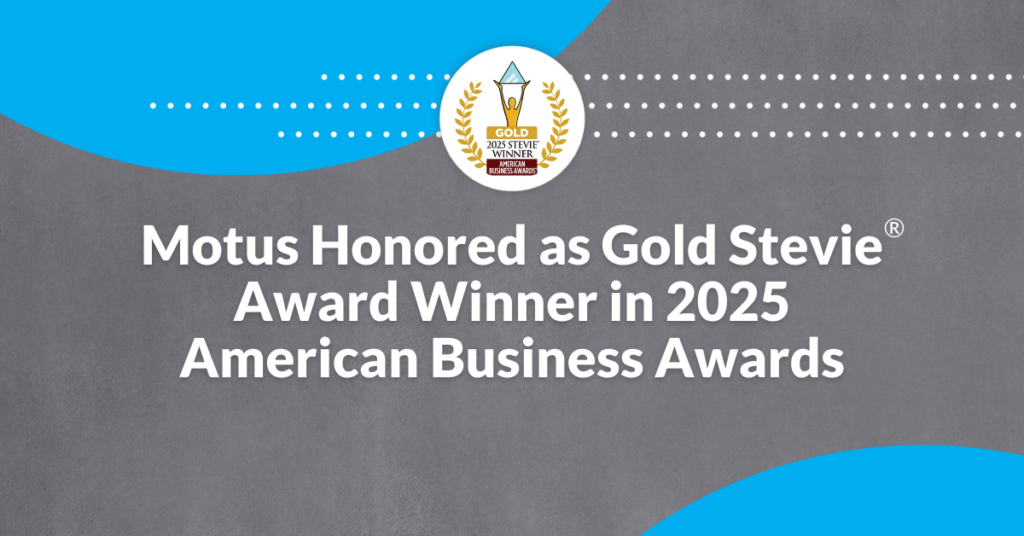“Cloud computing.” “Mainframes.” These terms are often used without much context or explanation. To a technologist, these terms are really shorthand for two very different approaches to software design, development, and delivery. In this article, we will discuss the two terms and their implications for business technology.
“Mainframe” conjures visions of stark white datacenters filled with large servers that have “IBM” stenciled on the front. It also implies a certain mindset: Move slowly; change infrequently lest you break something; everything is linked, so be careful!. This approach has served banks and governments for decades, but what is lost is the ability to rapidly pivot to meet changing demands and business needs. One of the primary goals behind this style of technology delivery is that failures and errors can be prevented if everything is thoroughly thought out. This can be true, but it takes a really long time to make sure that systems don’t have errors. Even when companies aren’t actually using mainframe computers, “mainframe” can still present a challenge to quickly and efficiently delivering technology solutions.
Similarly, “cloud” isn’t just about where one hosts servers – it’s shorthand for a different approach to building software. One of the fundamental tenets of cloud architectures is the acceptance that things go wrong, and it’s often better to design your systems to tolerate failure rather than prevent failure. Netflix is a great pioneer of this approach – they’ve been called “a great monitoring and management system that happens to serve videos.” Designing for this environment requires keeping components of your systems simple, easy to monitor, and loosely coupled. Loose coupling means that, at any point, you can swap out one component for a newer, better version and no other systems are affected. All of this means that it is very easy to move quickly – if teams are confident that their changes can be rolled out quickly, failures can be caught, and impact can be limited, then they are empowered to move at their own pace and release more innovative products.
There is a place for both approaches to technology delivery, but in a fast-paced business environment where responding to changing market needs and moving into new markets is important, it is crucial to have a technology platform that matches. With 95% of surveyed companies using cloud technologies in at least some form, it is unquestionably the wave of the future.



